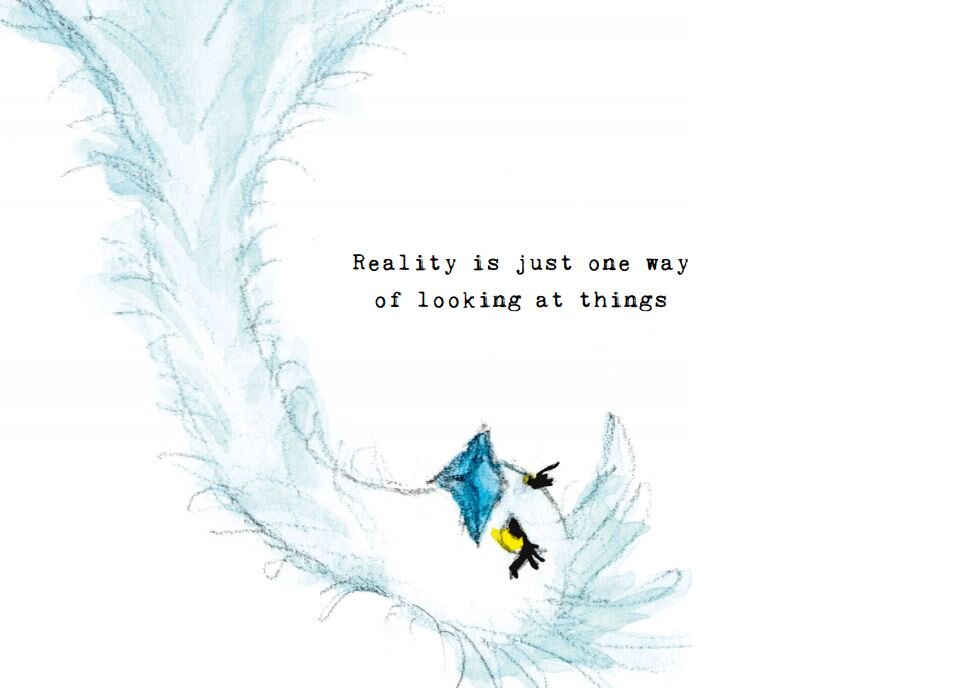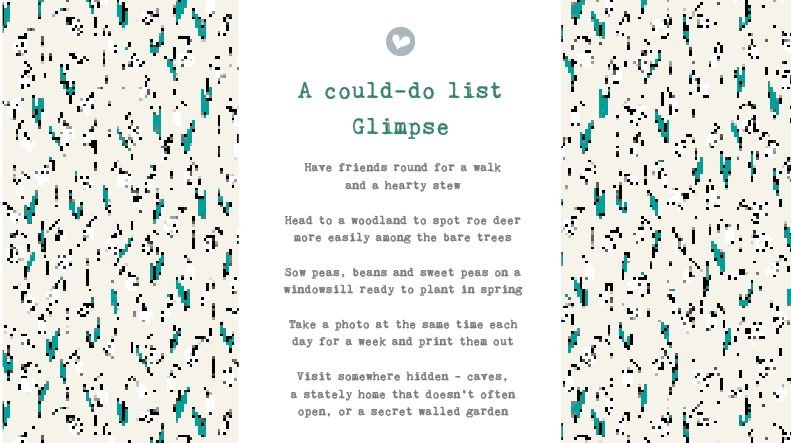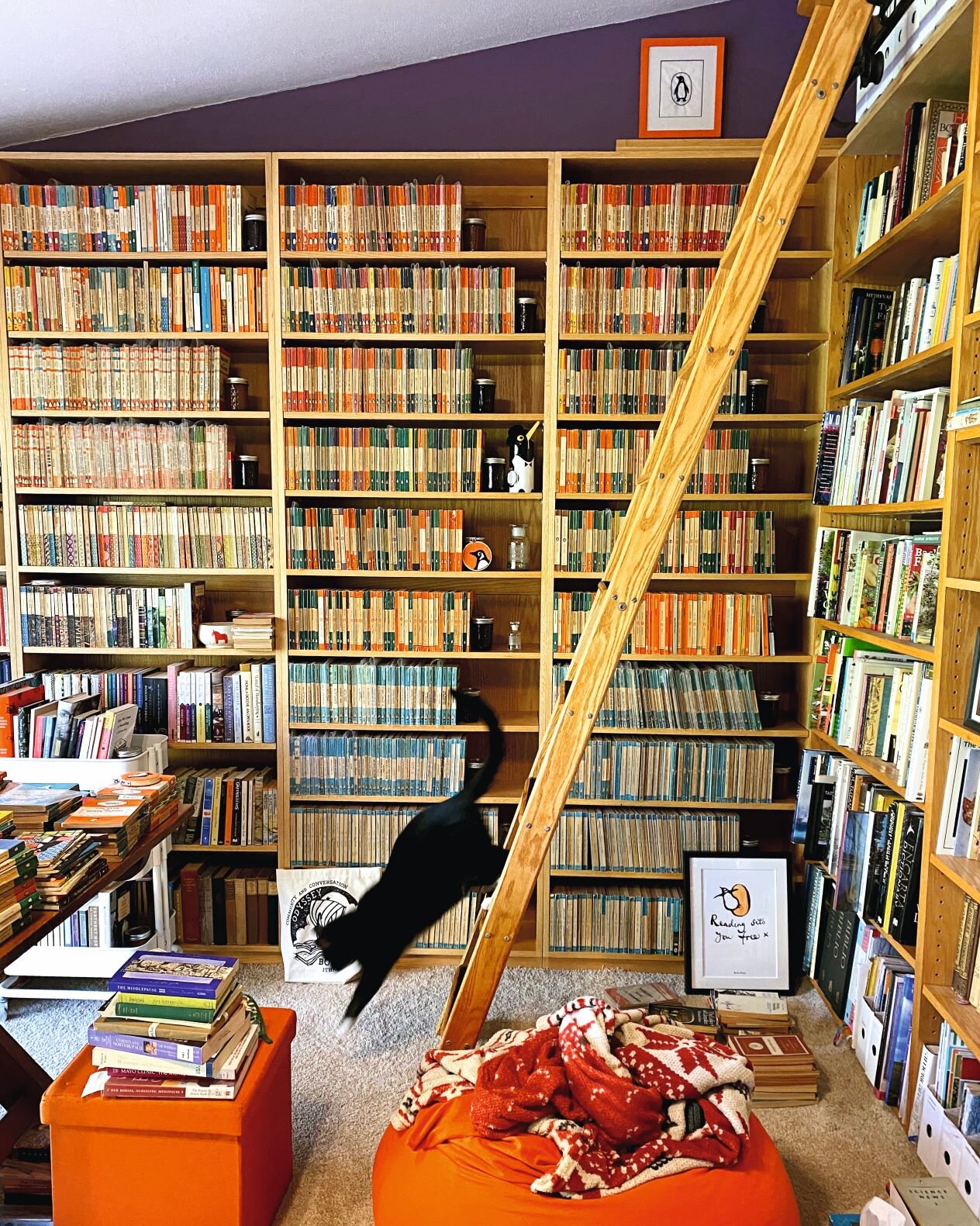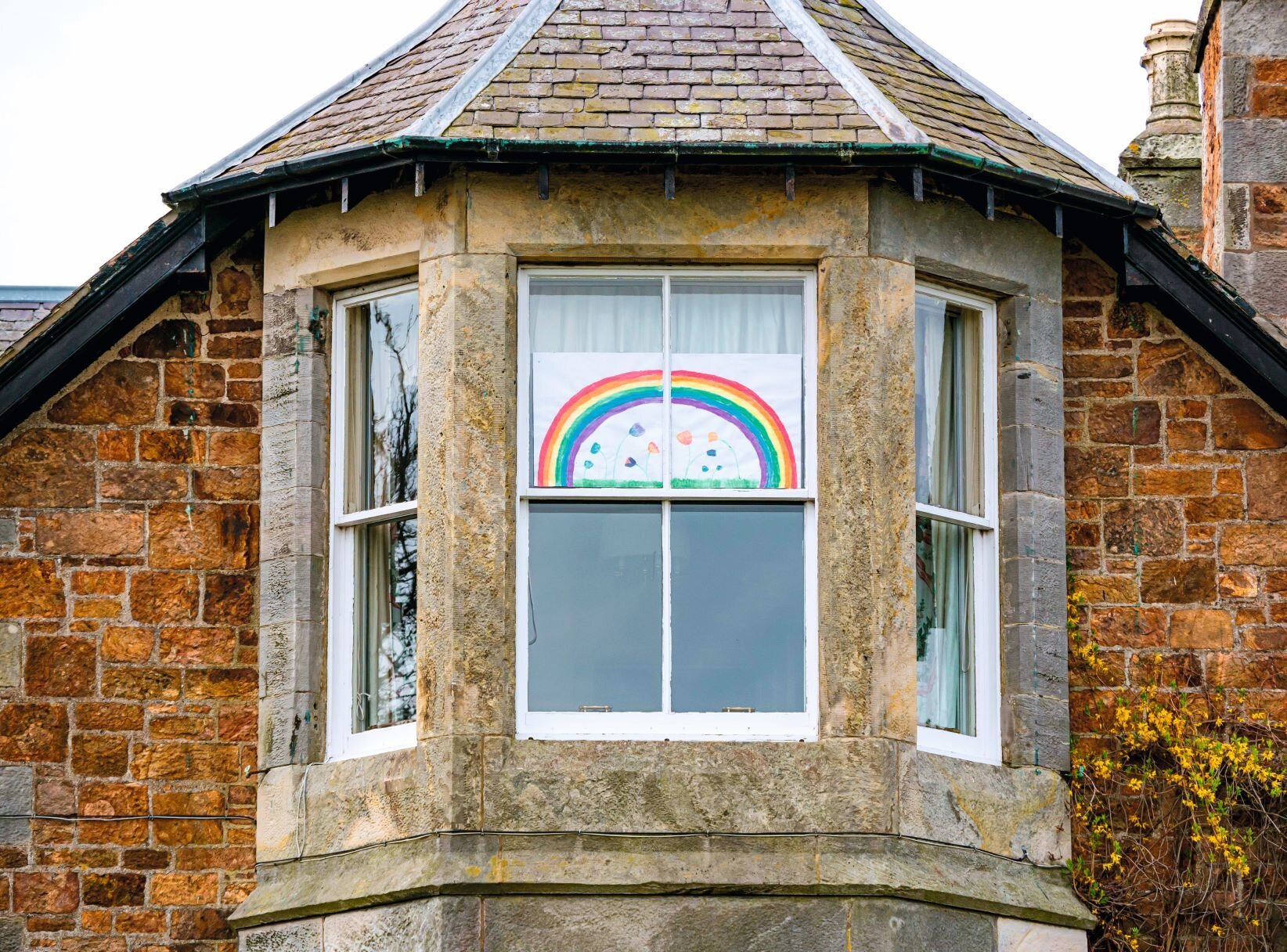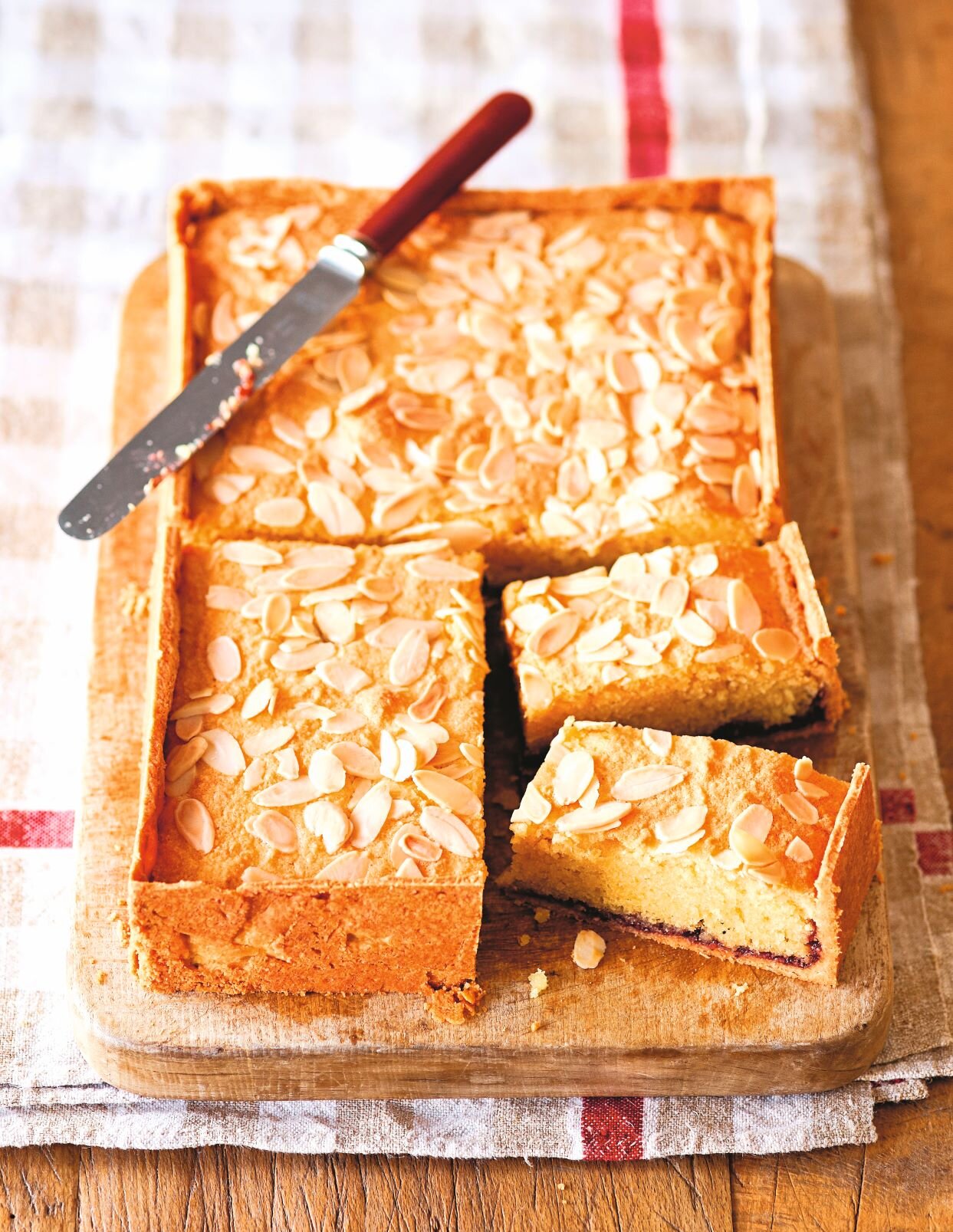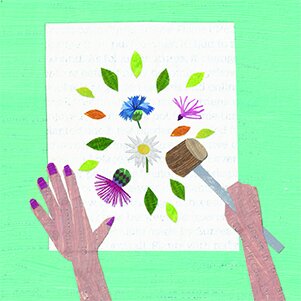We can learn all sorts of life lessons from a peek at the pages of someone’s diary (particularly those of teenaged intellectuals, of course).
Stuck at a crossroads in life, or struggling with a moral conundrum? Look no further than the diaries of our favourite young Intellectual. Adrian Mole, who always has words of wisdom, whether you’re struggling with a friend who has become a punk or a lack of correspondence from Malcolm Muggeridge.
When simple pleasures present themselves, make the most of them and store them away in your memory to cheer you another time.
“At four o’clock I had one of those rare moments of happiness that I will remember all my life. I was sitting in front of Grandma’s electric coal fire eating dripping toast and reading the News of the World. There was a good play on Radio Four about torturing in concentration camps. Grandma was asleep and the dog was being quiet. All at once I felt this dead good feeling.”
Living an authentic life is important, but sometimes warmth and comfort are more vital still.
“Nigel is a punk at weekends. His mother lets him be one providing he wears a string vest under his bondage T-shirt.”
Looking after your body will improve energy levels but so much of it is about taking good care of your wellbeing, too.
“My skin is dead good. I think it must be a combination of being in love, and Lucozade.”
Home is where the heart is but often it pays to expand one’s horizons if adventure is what you want. Just be sure it is what you want.
“I have never seen a dead body or a female nipple. This is what comes from living in a cul de sac.”
To have a real chance at achieving your dreams, you should plot a route backwards from where you want to be to where you are now. And play to your strengths.
“Had a long talk with Mr Vann the Careers teacher today. He said that if I want to be a vet I will have to do Physics, Chemistry and Biology for O level. He said that Art, Woodwork and Domestic Science won’t do much good. I am at the Crossroads in my life. The wrong decision now could result in a tragic loss to the veterinary world.”
Don’t waste your time on things you think you should like; life is short and there are many things out there that will give your pleasure.
“I think Jane Austen should write something a bit more modern.”
Only give for the joy of giving, rather than the prospect of receiving thanks.
“I remembered my resolution about helping the poor and ignorant today, so I took some of my old Beano annuals to a quite poor family who have moved into the next street. I know they are poor because they have only got a black and white telly. A boy answered the door. I explained why I had come. He looked at the annuals and said, ‘I’ve read ’em,’ and slammed the door in my face. So much for helping the poor!”
Remember that ‘there but for the grace of God… before criticising others’
“My grandma let the dog out of the coal shed. She said my mother was cruel to lock it up. The dog was sick on the kitchen floor. My grandma locked it up again.”
We’re all allowed to have off days, so don’t be hard on yourself. Especially if you are extraordinary.
“I still haven’t heard from Malcolm Muggeridge. Perhaps he is in a bad mood. Intellectuals like him and me often have bad moods. Ordinary people don’t understand us and say we are sulking, but we’re not.”
Whatever the situation, your grandmother was probably right about it.
“Grandma rang and said that it was all around the Evergreens that I was ‘keeping bad company’. She made me go round for tea.”
We were inspired to turn to Mole after reading our feature Dear Diary, about great diarists in our February issue, which is on sale now.
Buy this month's The Simple Things - buy, download or subscribe


